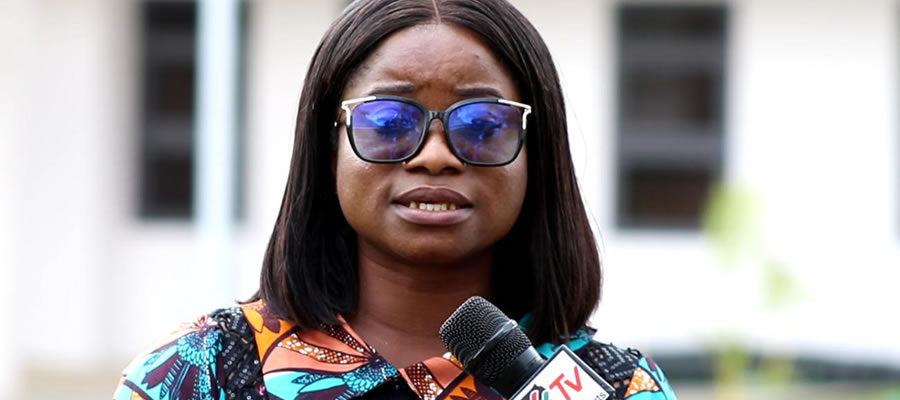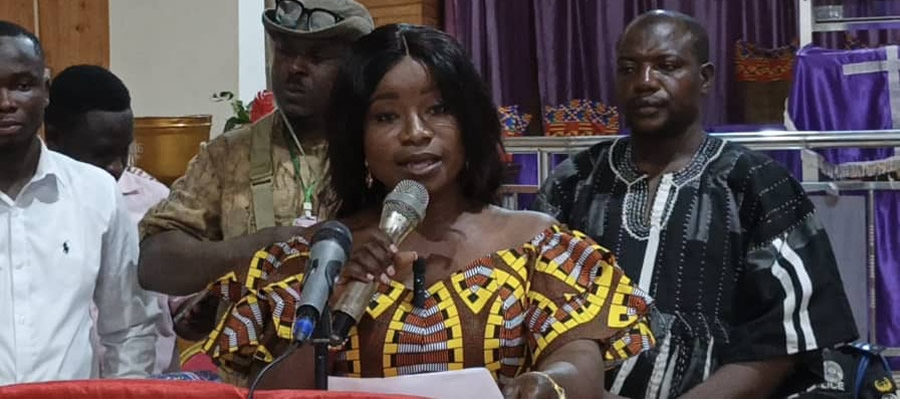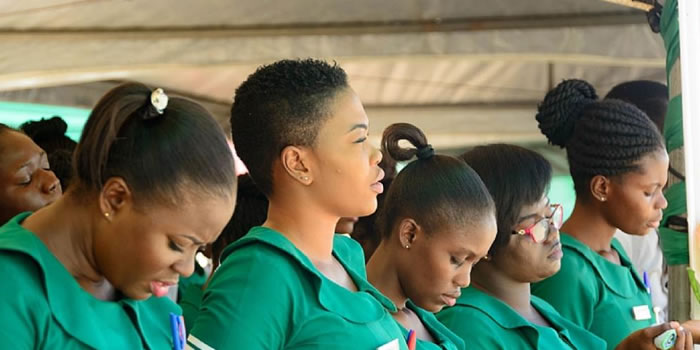

Literacy and Education
Figure 3.2 represents school attendance by age. 31.5 percent of the people have never attended school while 39.6 percent are now in school with 28.9 percent having attended school in the past. While more females have never attended school 36.0 percent as compared 30
to males 26.8 percent, more males are now in school 42.5 percent and have attended school in the past 30.7 percent than their female counterparts.
In the 2010 PHC, literacy was defined as the ability to read and write a simple statement with understanding. If a person can only read but cannot write or can write but cannot read, he or she is not literate. Similarly, if a person was literate some time ago but cannot read and write with understanding at present then he/she is not literate. The options were: None, English only, Ghanaian language only, English and Ghanaian language, English and French, English, French and Ghanaian language, and other. Questions asked under literacy were for persons 11 years and older.
Figure 3.2: School attendance by age
31.526.836.039.642.536.728.930.727.3051015202530354045TotalMaleFemaleNeverNowPastPercent
Source: Ghana Statistical Service, 2010 Population and Housing Census
Literacy
Table 3.8 shows the total population of person 11 years and older in the Municipality is 61,768, out of which 63.6 percent are literates and 36.4 percent not literate. The male population which is literate (20,801) is more than twice the non-literate male (9,046) population. Among the non-literate population 11years and older, females are higher (59.8%) than their male counterparts (40.1%). The literate population is higher among the age 11- 29 as compared to the non-literate population of the same age group
Table 3.8 presents the literacy levels for persons 11 year and older by sex in the Wenchi Municipality. The data reveals that out of the 39,263 of persons 11 years and older who are literate, more than half (70.7%) are literate in both English and a Ghanaian language and over one-fifth (22.5%) are literate in only English. Less than one percent of the population is literate in French.
It can also be observed that males (13,244) tend to be more literate than their females (12,676) counterparts between ages 11 – 29 years. The reverse is the case in the non-literate’s population of the same age group 11- 29. 31
Figure 3.3 shows the literacy status by sex. It can be seen that, the number of females is slightly higher among those who are literate in English only, Ghanaian Language only and English and French than their males counterparts. While the percentage males who are 32 literate in English and Ghanaian language, and English, French and Ghanaian language is higher than that of females in the Municipality.
Education
Table 3.9 discusses the population 3 years and older by level of education, school attendance and sex in the Wenchi municipality. Majority (57.7%) is currently attending school and 42.3 percent have attended school in the past. About half (49.7%) of those currently attending school are at the primary level. The proportion of those who are currently at the kindergarten level (17.6%) is slightly higher than that of the JSS/JHS level (17.4%). The lowest percentage is observed at the vocational/technical/commercial level (0.3%).
The proportion of females (50.4%) who are currently at the primary level is more than that of the males (49.1%). It is also observed that a higher proportion of females (18.1%) than males (17.2%) are currently at the kindergarten level. A slightly higher percentage of males (17.6%) are currently attending JSS/JHS.
For those who attended school in the past, about one-third (31.3%) of them have attained JSS/JHS education as the highest level. The proportion who attended middle school in the past constituted 24.2 percent which is above the proportion that had kindergarten education in the past (20.5%). The percentage of females that attended JSS/JHS in the past (36.5%) exceeded the males (26.5%) in that category. Similarly the percentage of females who had primary education in the past (23.1%) is more than that of the males (18.1%). On the other hand the percentage of males (26.7%) who attended middle school in the past is slightly higher than that of the females (21.6%).
Date Created : 11/21/2017 4:41:56 AM













 facebook
facebook
 twitter
twitter
 Youtube
Youtube
 +233 593 831 280
+233 593 831 280 0800 430 430
0800 430 430 GPS: GE-231-4383
GPS: GE-231-4383 info@ghanadistricts.com
info@ghanadistricts.com Box GP1044, Accra, Ghana
Box GP1044, Accra, Ghana